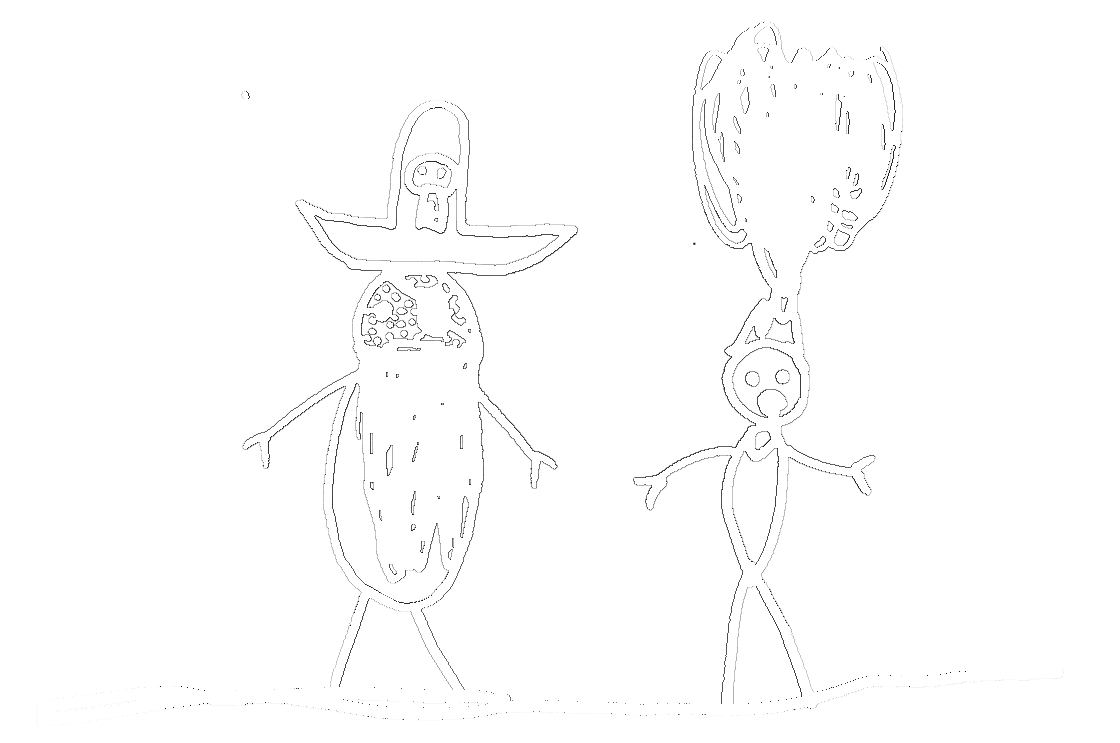Delivery
Orders will usually be despatched within 1-7 working days.
Orders over £50 will attract an automatic discount of £4 at checkout. This equates to almost free P&P for UK orders and provides a significant discount on overseas P&P.
UK orders will be despatched via Royal Mail First Class Signed delivery and usually take no more than a few days to arrive.
Rest of World orders will be dispatched via Royal Mail International Tracked delivery and usually take around 1 week to arrive.

